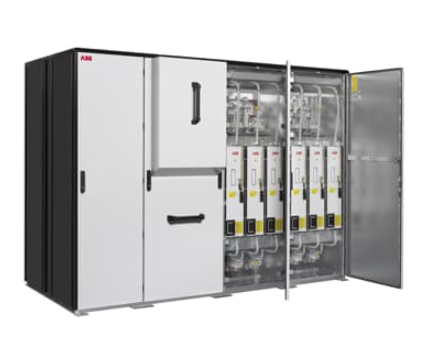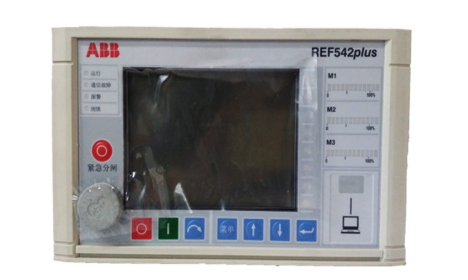Under the new economy, the chemical industry has a broad space and significant advantages
In recent years, due to the tightening of environmental protection policies, the chemical industry has accelerated the elimination of backward production capacity, and the industry concentration has been continuously improved. In addition, affected by the epidemic, the risk tolerance of the head enterprise is stronger, the Matthew effect is obvious, and the chemical industry will usher in a pattern of strong and constant strength. As one of the typical energy-consuming industries, the chemical industry has ushered in a new round of supply-side reform of the total control version under the guidance of the national "dual carbon" strategy. In the future, the market of the chemical industry will closely revolve around the three keywords of "carbon neutrality", "new energy" and "revaluation".

1.3.1. The direction of carbon reduction is gradually clear, and the industry pattern is continuously optimized
Under the background of dual-carbon strategy, the middle and upstream chemical industry will usher in historic changes. First of all, the rapid development of the new energy industry will significantly stimulate the demand for chemical resources and raw materials in the upper and middle reaches. Secondly, under the "dual carbon" strategy, due to the requirements of resource protection and energy consumption control, the supply of some chemical materials will be constrained, and with the continuous optimization of production capacity clearance and industry pattern, the relevant chemical subsectors will usher in a historic golden development period.
On February 11, 2022, the National Development and Reform Commission and other four ministries and commissions issued the "Guidelines for the Implementation of Energy Saving and Carbon Reduction Transformation and Upgrading in Key Areas of Energy-Consuming Industries (2022 version)", which proposed specific energy saving and carbon reduction plans for high-energy-consuming industries such as oil refining and coal chemical industry, and determined the benchmark emission level and benchmark level of the industry. Specific targets have been set for the proportion of production capacity above the industry benchmark and benchmark level. The improvement of energy efficiency level and the reduction of carbon emission intensity in subsequent key areas will become an important assessment indicator for its green and low-carbon transformation development.
Among them, in addition to ammonium phosphate in 2025 to allow 30% of the production capacity below the benchmark, the rest of the categories are required to achieve a partial zero below the benchmark in 2025. For the part that is better than the benchmark, most types must reach more than 30%. Among them, calcium carbide and coke required the largest increase, reaching 27% and 28% respectively.

The difference between the "double carbon" strategy and the previous supply-side reform is that the supply-side reform often adopts a one-size-ze-all "shock therapy" to quickly eliminate inefficient production capacity, while the "double carbon" strategy achieves market clearing through carbon trading and other ways, which will make the elimination cycle of inefficient production capacity longer, and on the other hand, the difficulty of new supply in the high-energy chemical industry significantly increases. From the perspective of production capacity, the production capacity of major chemical products has remained flat or increased in the past. The number of enterprises above designated size has been in a downward trend since 2015, and only increased in 2021. In the process of maintaining a steady rise in total production capacity, the rise in marginal cost will eliminate relatively weak players in the field, while the existing white horse leader will maintain a competitive advantage, the Matthew effect is obvious, and the industry concentration is expected to continue to increase.
1.3.2. New energy brings new opportunities, and the demand for various chemical materials is strong
With the continuous elimination of high energy consumption industries, green and efficient new production capacity ushered in a historical opportunity for accelerated development, hydrogen energy, photovoltaic, energy storage and other fields have achieved considerable development, driven by the strong demand for new energy, the related chemical upstream raw material industry also ushered in a historical opportunity for development.
There are roughly two main lines of material demand for new energy:
(1) In the photovoltaic industry chain: polysilicon upstream trichlorosilane, photovoltaic film upstream EVA.
(2) Lithium industry chain: lithium battery upstream lithium solvent DMC, positive electrode material upstream lithium iron phosphate.
Ethylene vinyl acetate copolymer (EVA) is an advanced polymer material industry - high performance resin - high performance polyolefin plastic, with high transparency, high adhesion, resistance to environmental pressure characteristics. EVA resin is an important upstream of photovoltaic products such as photovoltaic film and coating. With the continuous development of China's photovoltaic industry in the future, the demand for high-end EVA resin products will further increase.
- EMERSON
- Honeywell
- CTI
- Rolls-Royce
- General Electric
- Woodward
- Yaskawa
- xYCOM
- Motorola
- Siemens
- Rockwell
- ABB
- B&R
- HIMA
- Construction site
- electricity
- Automobile market
- PLC
- DCS
- Motor drivers
- VSD
- Implications
- cement
- CO2
- CEM
- methane
- Artificial intelligence
- Titanic
- Solar energy
- Hydrogen fuel cell
- Hydrogen and fuel cells
- Hydrogen and oxygen fuel cells
- tyre
- Chemical fiber
- dynamo
- corpuscle
- Pulp and paper
- printing
- fossil
- FANUC
- Food and beverage
- Life science
- Sewage treatment
- Personal care
- electricity
- boats
- infrastructure
- Automobile industry
- metallurgy
- Nuclear power generation
- Geothermal power generation
- Water and wastewater
- Infrastructure construction
- Mine hazard
- steel
- papermaking
- Natural gas industry
- Infrastructure construction
- Power and energy
- Rubber and plastic
- Renewable energy
- pharmacy
- mining
- Plastic industry
- Schneider
- Kongsberg
- NI
- Wind energy
- International petroleum
- International new energy network
- gas
- WATLOW
- ProSoft
- SEW
- wind
- ADVANCED
- Reliance
- YOKOGAWA
- TRICONEX
- FOXBORO
- METSO
- MAN
- Advantest
- ADVANCED
- ALSTOM
- Control Wave
- AB
- AMAT
- STUDER
- KONGSBERG
- MOTOROLA
- DANAHER MOTION
- Bently
- Galil
- EATON
- MOLEX
- Triconex
- DEIF
- B&W
- ZYGO
- Aerotech
- DANFOSS
- KOLLMORGEN
- Beijer
- Endress+Hauser
- MOOG
- KB
- Moxa
- Rexroth
- YAMAHA


Email:wang@kongjiangauto.com






























































































































